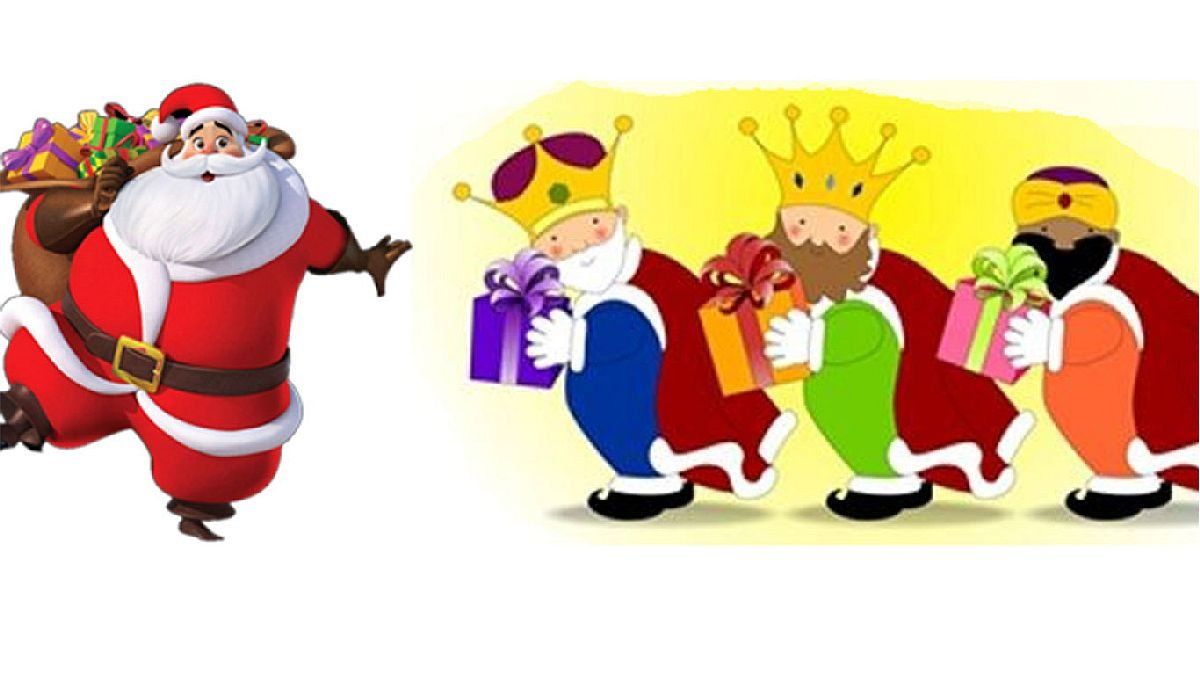Why in times of new technologies and unlimited access to information have these particular beliefs not disappeared?
Every year-end we witness the climate of expectation and excitement that the period between the arrival of Santa Claus and the visit of the Three Wise Men a few days later in January. But, Why in times of new technologies and unlimited access to information have these particular beliefs not disappeared?
The content you want to access is exclusive to subscribers.
The existence of kind figures who bring gifts has been present in very different cultures since time immemorial. In Italy, for example, Befana is an old woman venerated by children who He travels on a broom and also brings gifts (or charcoal if they don’t deserve it) at the same time, that of the Epiphany, where they are combined christian traditions (the arrival of Jesus) and pagan inherited from the Romans (women who flew over the fields to promote future good harvests)


In reality, these are myths already incorporated into children’s lives. Children are born into a culture that is conveyed by parents and also by the rest of society. Each family holds these beliefs in different ways and the story they tell about them is the one that has the greatest weight in the children’s minds, beyond other sources of information. Children “choose” to believe in Santa Claus and the Three Wise Men and put all their imagination and fantasy to play in answering the obvious questions. (How do reindeer fly? Do you know which gifts were mine?) that is, they exercise creativity, a fundamental task of childhood and with great implications for adult life.
They also get emotionally involved in the game of rituals: write the letters, leave the shoes and food and water for the camels. From society, a certain symbolism is maintained in always representing them in a certain way and in certain scenarios.
shoes kings.jfif

Detractors of these traditions maintain that they only encourage consumption and encourage lying to children. In reality, there is no doubt about the commercial use that has been made of these issues, but it is again each family that will give a particular meaning to the celebration and will prioritize certain aspects of the ritual, not necessarily consumption.
With respect to the truth, it is expected that as children grow, magical thinking will give way to the criterion of reality and when they perceive that it is the parents who fulfill these roles, their capacity for observation and understanding should not be underestimated by insisting on sustaining the illusion. .
Some kids, even though they already “know,” want to continue holding the magic and for a while they play knowing and not knowing. Later this “disappointment” can be transformed into possessing knowledge that differentiates them from the little ones. It is the same peers who finally disqualify those who at a certain age continue to hold this fantasy.
Myths, legends and beliefs undoubtedly make up the essence of each culture and impact each of its members from childhood.
Psychiatrist and Psychoanalyst. Member of APA (Argentine Psychoanalytic Association).
Source: Ambito
I am an author and journalist who has worked in the entertainment industry for over a decade. I currently work as a news editor at a major news website, and my focus is on covering the latest trends in entertainment. I also write occasional pieces for other outlets, and have authored two books about the entertainment industry.




